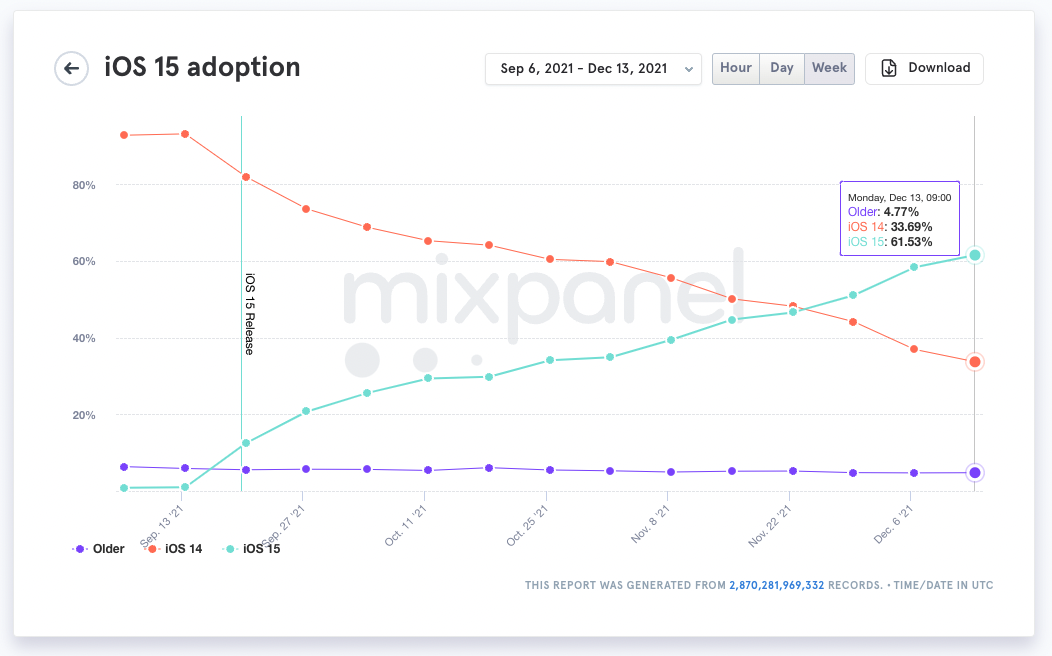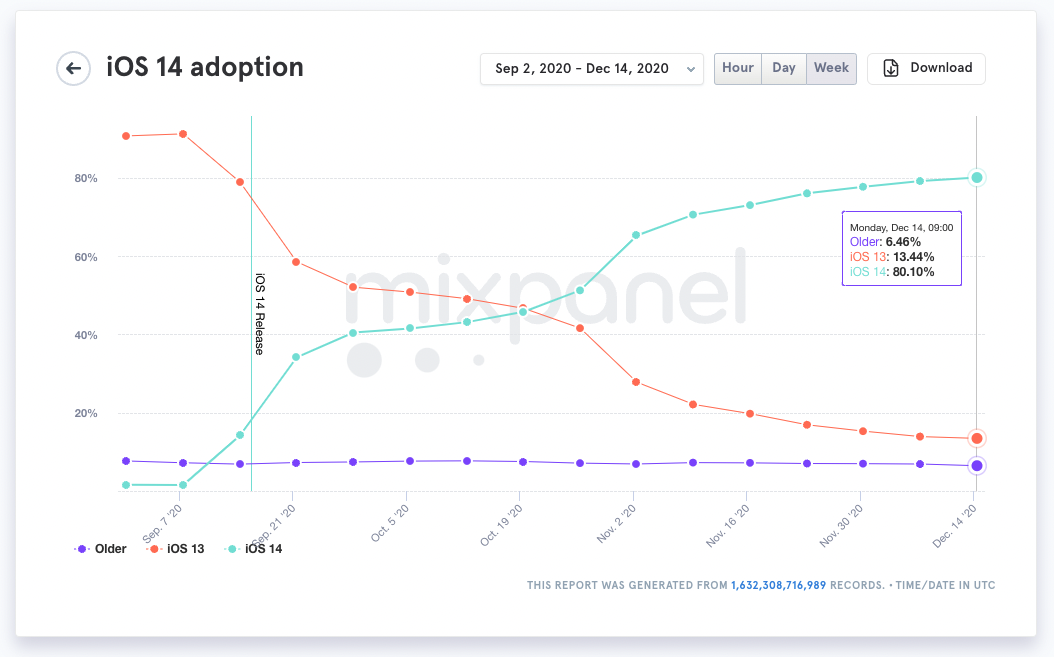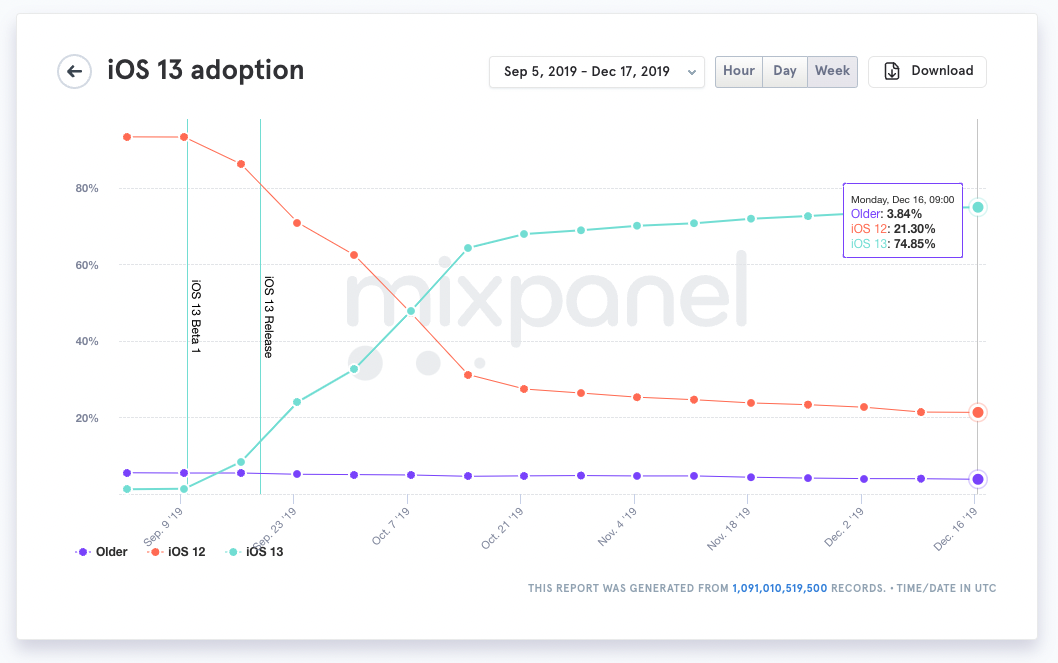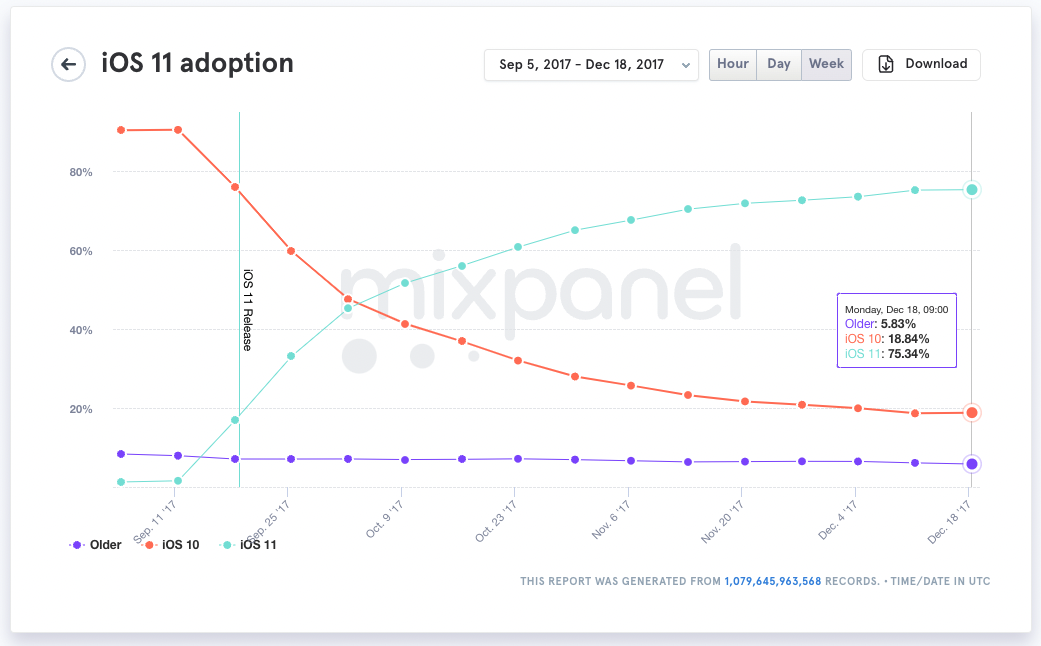Ever since the iOS 5 operating system, which was intended for the iPhone 4S at the time, Apple has established a tradition of introducing new systems for its devices at the WWDC conference in June. These news usually reach users in the fall of the same year. And since the company is quite careful to support the latest functions even for relatively old devices, it is also regularly discussed how many users have already installed new systems. Now it turns out that iOS 15 is still quite behind.
iPhone users fall into three groups. The first are those who devour all the news of their systems and thus update it as soon as possible, or even try the public beta versions. The second is the one who knows about the new features, but they are waiting for the installation to see if the basic version does not introduce any errors that would fundamentally bother them. The third group is ordinary users who have automatic updates set and practically do not care about news in any fundamental way.
Various analytical companies and magazines then do analyzes and surveys about the adoption of the current system, i.e. usually the basic one, regardless of other decimal and hundredth versions. Web Mixpanel then it offers an interesting interactive graph that is updated every day. As of December 13, 2021, it says that approximately 62% of all iOS devices are already running iOS 15, the system that Apple released in September of this year. You can easily run it on an iPhone 6S released in 2015, an iPhone SE 1st generation released in 2016 or an iPod touch 7th generation from 2019. These are relatively old devices. The iOS 14 system is now used on almost 34% of devices, and older systems run on almost another 5% of actively used iPhones.
It could be interest you

A new strategy
So 60% in the case of iOS 15 can look quite good. In reality, however, this is not the case. If we look at history, iOS 14 already had 80% of the user base as of this date, which is a whopping 20% more. After all, iOS 15 didn't suffer from major bugs, so is it being adopted so slowly? This is simply because Apple is now providing separate system security updates.
So if you previously had to downgrade from iOS 13 to iOS 14 to keep up-to-date with security patches, now you can still update to iOS 14, even though we already have a successor in the form of version 15. After all, the iOS 14 system was a record holder in the rate of its adoption by users. Previous systems were not this strong. The iOS 13 version had less than 2019% on the same date in 75, iOS 12 then 2018% in 78 and iOS 11 a year earlier 75%.
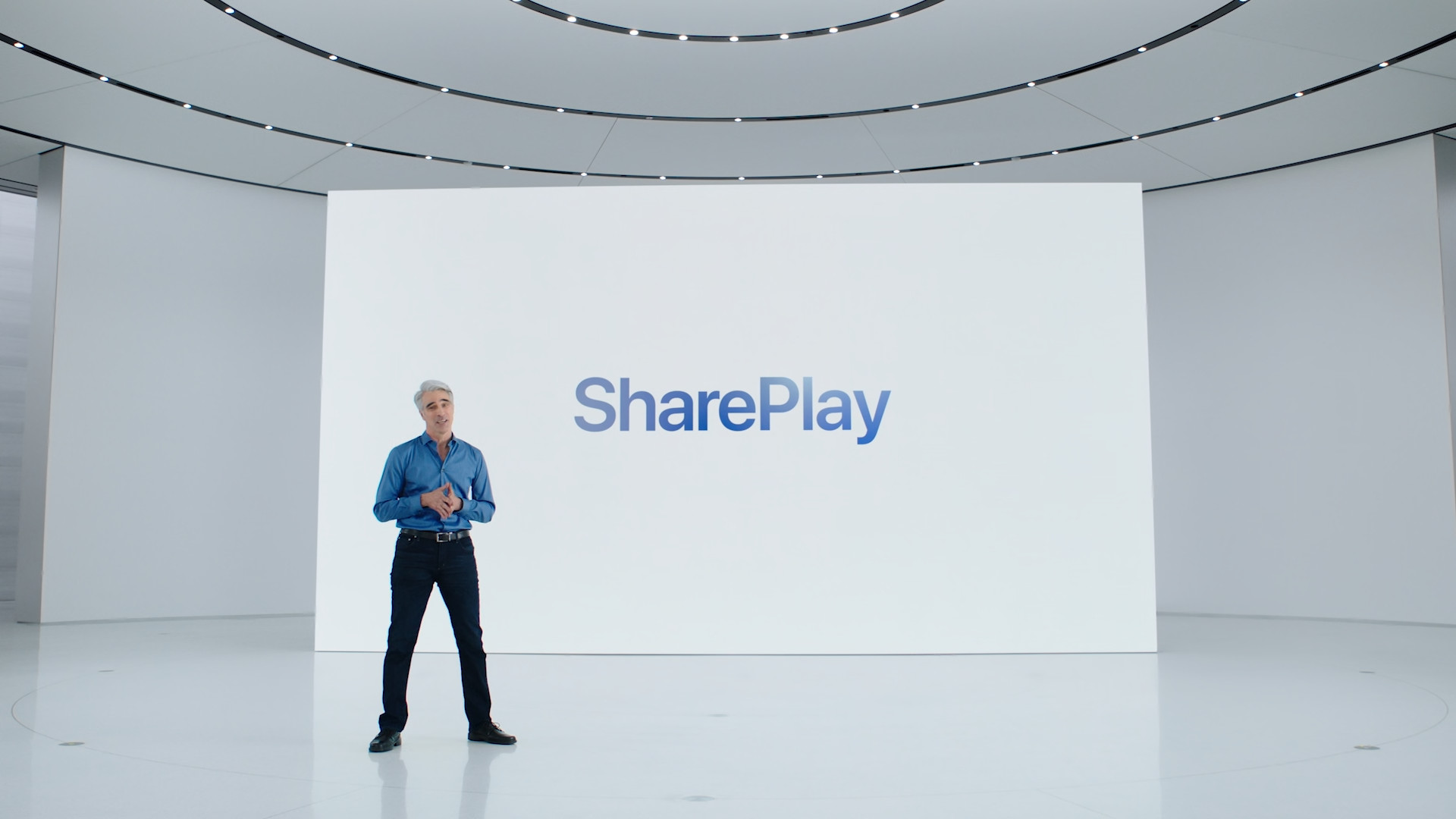


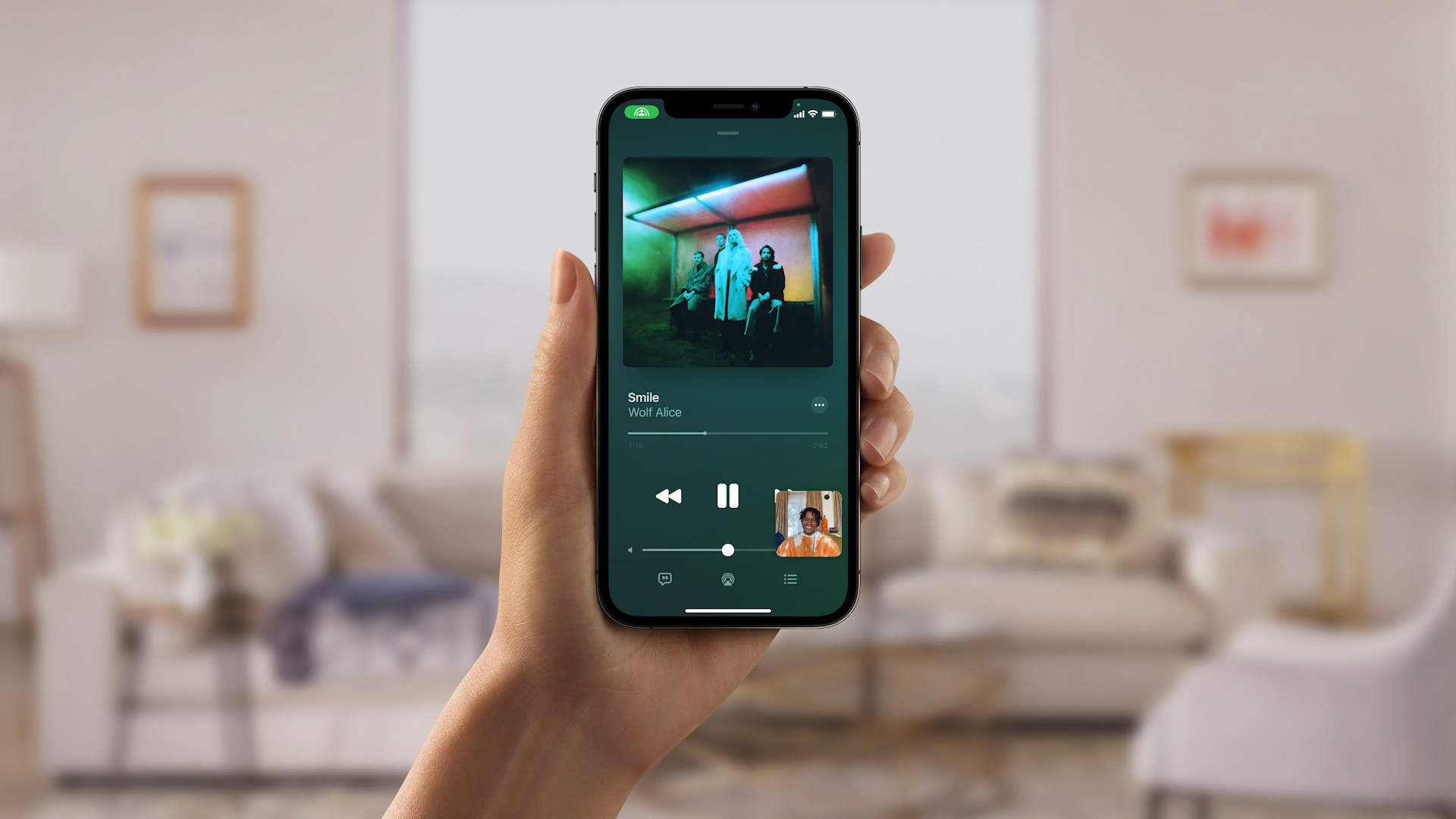
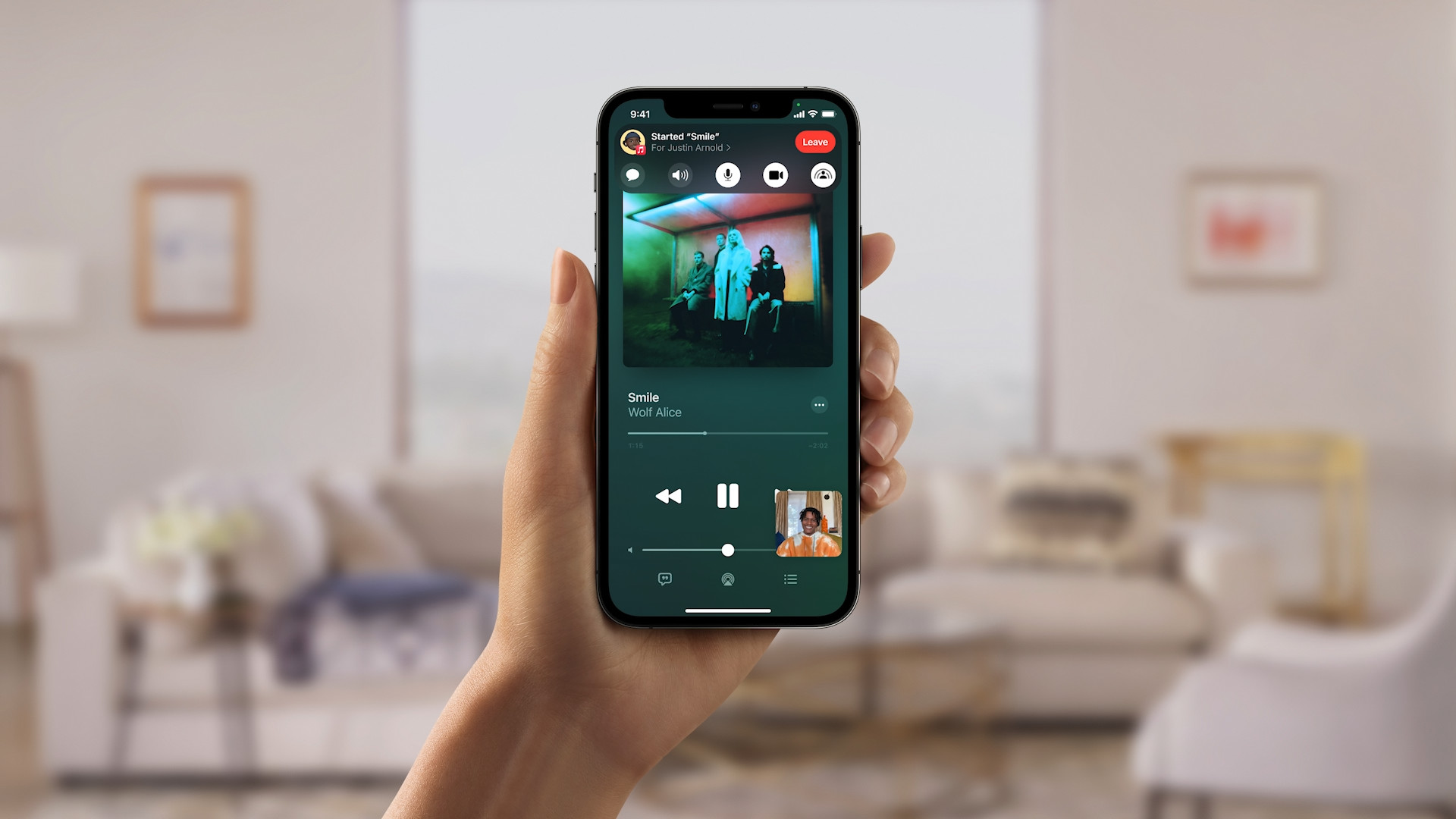

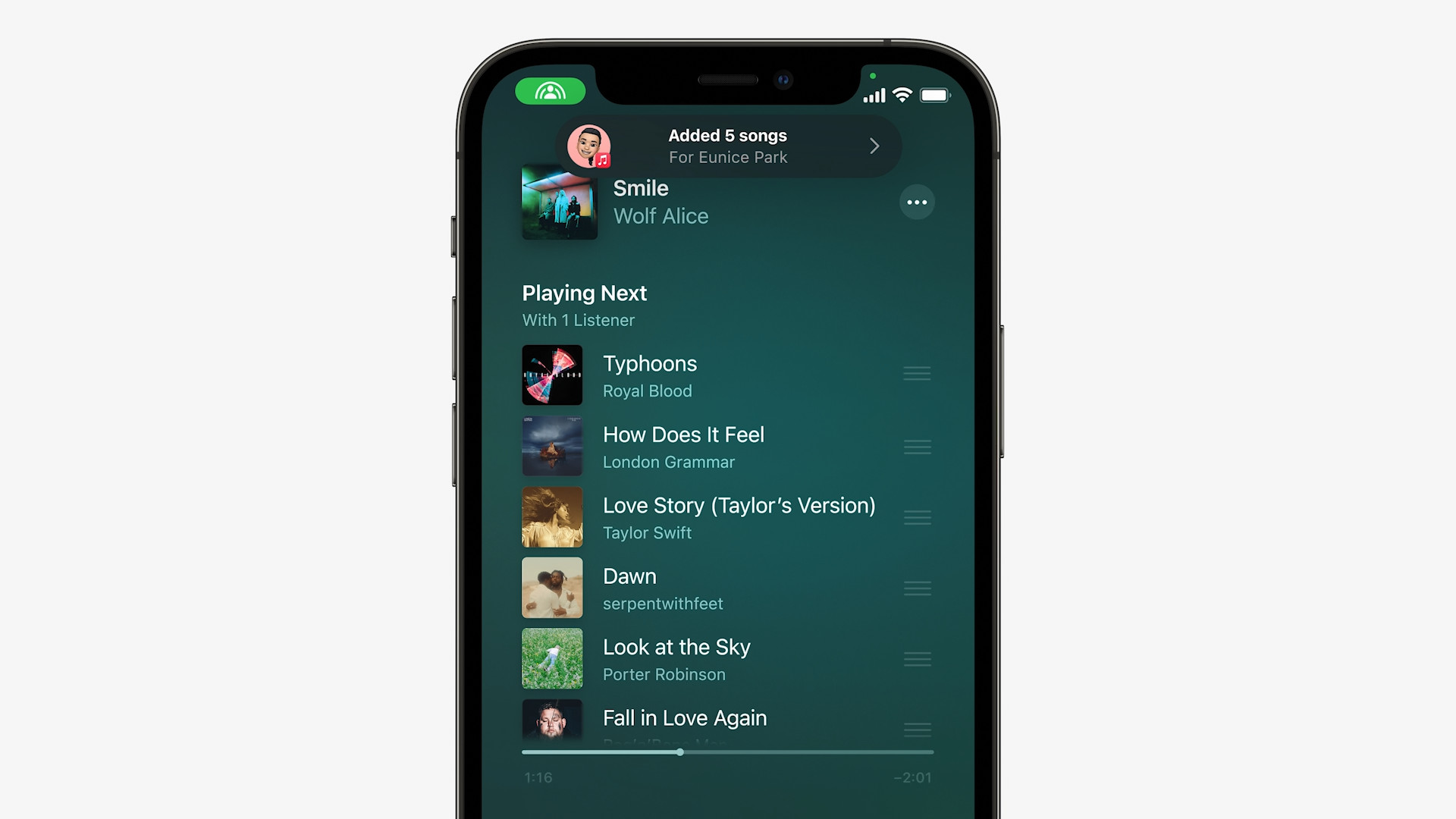




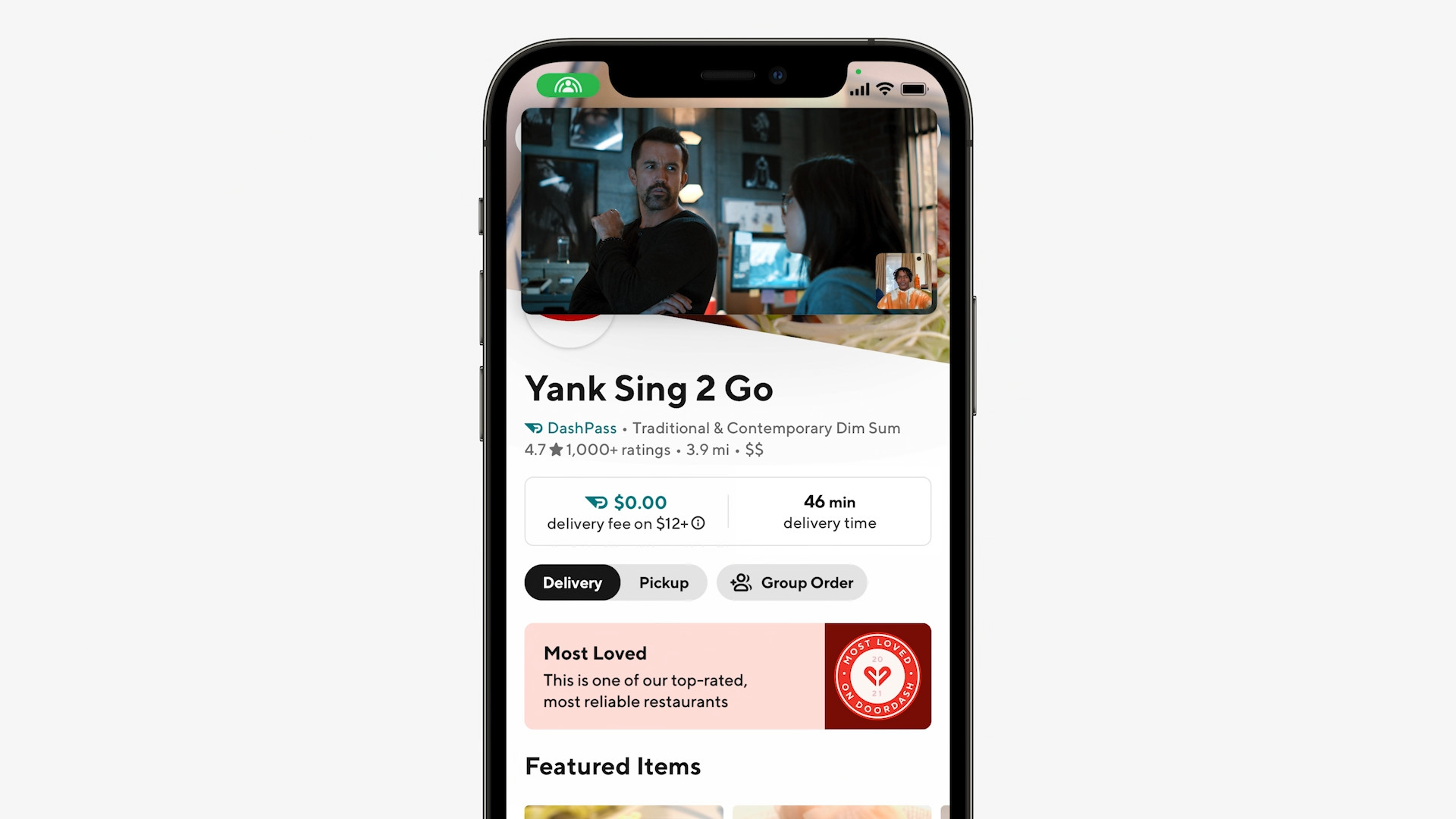
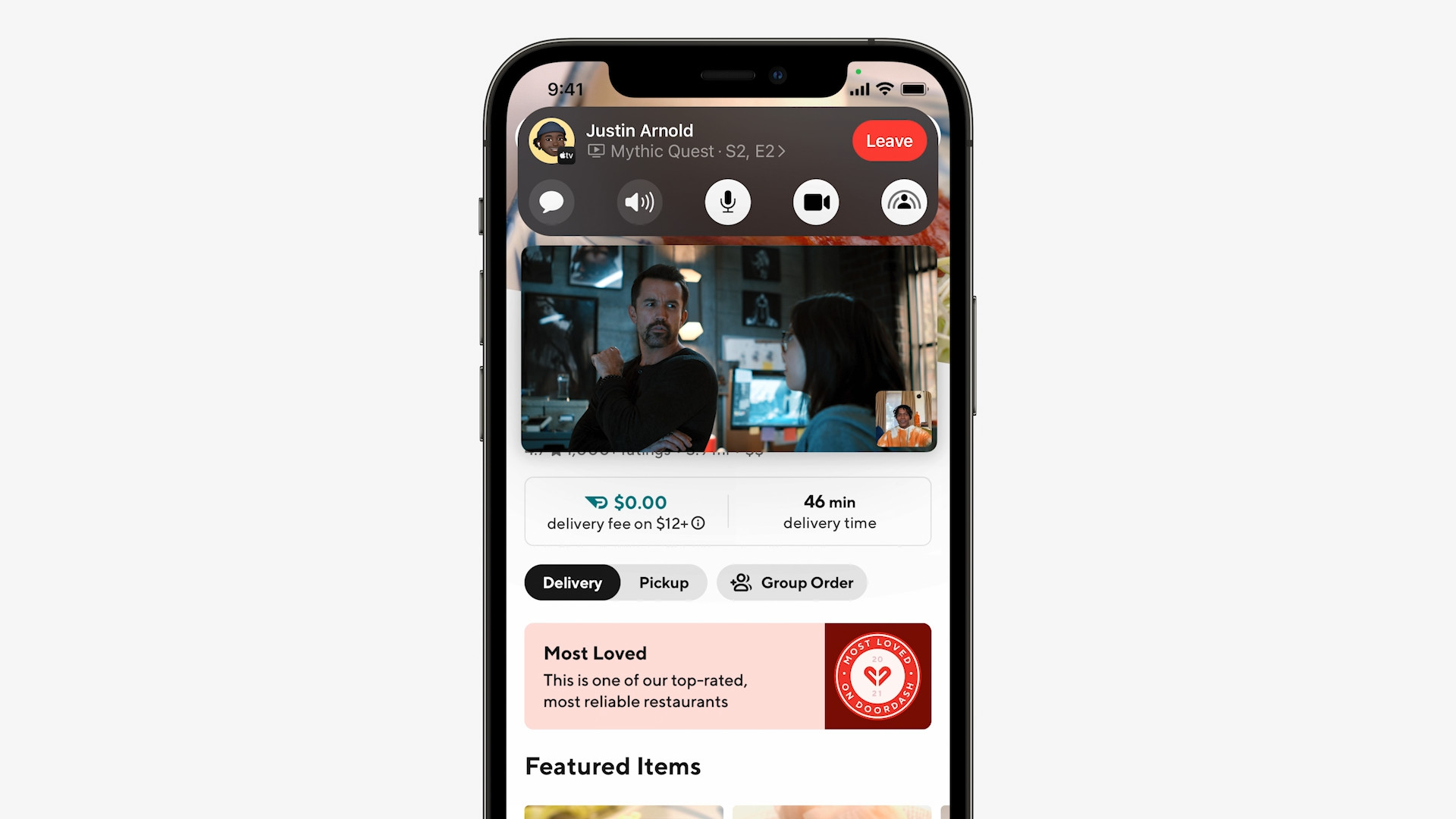
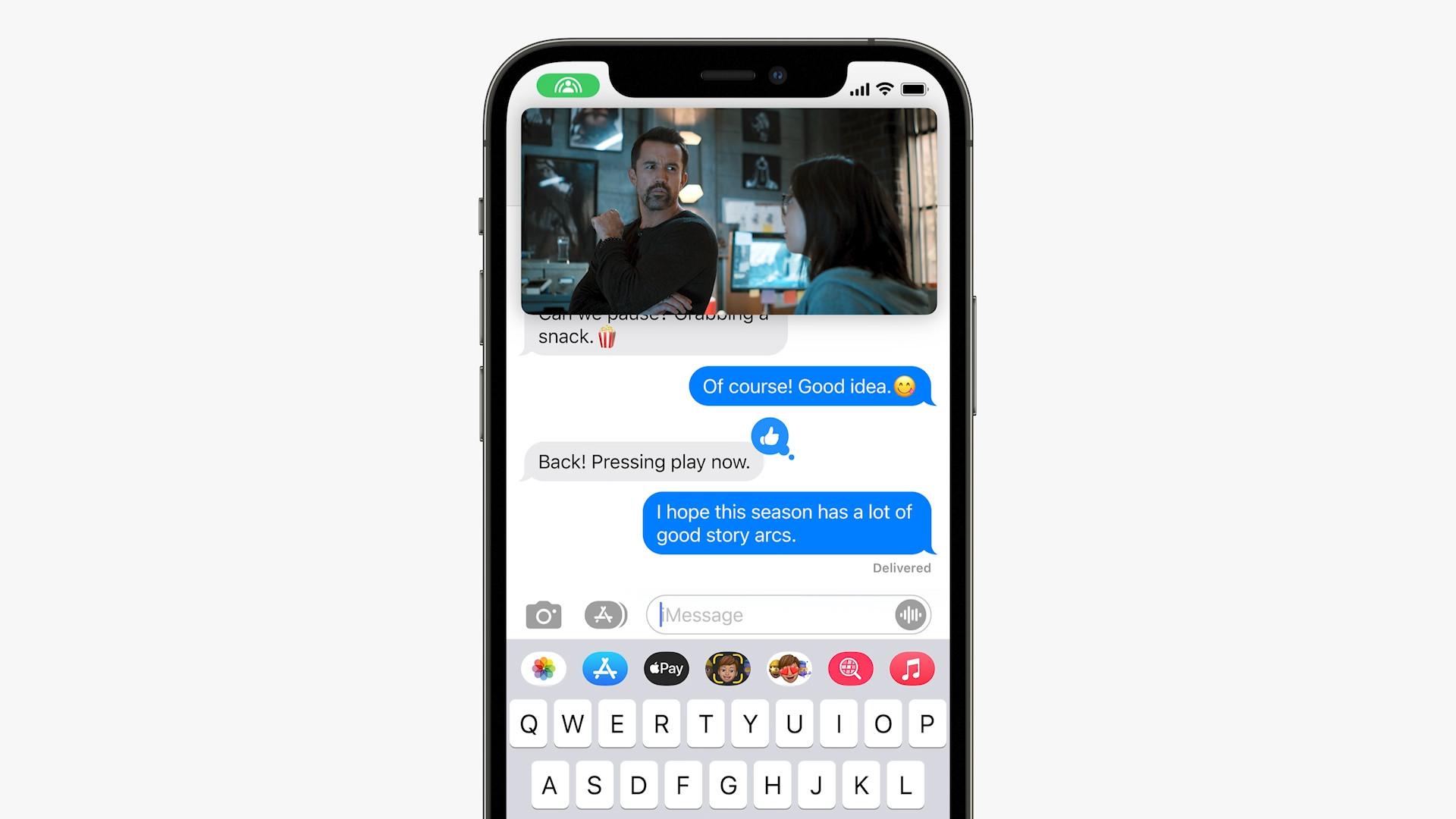

 Adam Kos
Adam Kos 